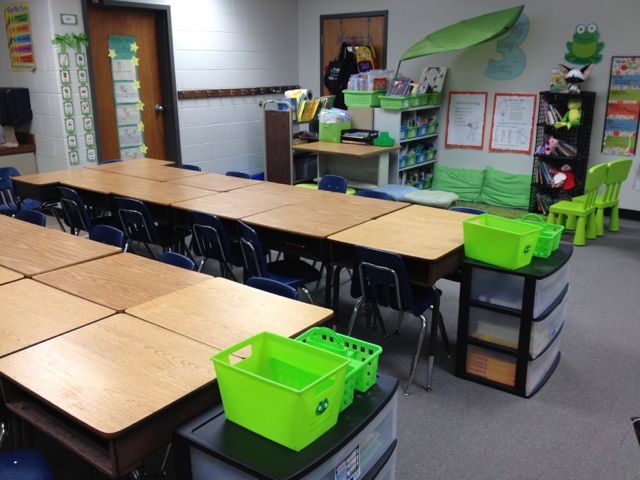A portable classroom is a practical way to provide extra space for your school offices, classrooms, or libraries. Unlike permanent buildings, mobile rooms are easy to relocate or expand whenever your needs evolve. Portable classrooms allow you to house a growing student body or serve as temporary storage. Here are a few of the steps involved in a portable classroom installation:
Determine Your Needs
Start by determining the specific purpose of the space, such as libraries or administrative offices, to verify efficient use. Determine how many students or staff members will use the space and whether learning tools, like technology access, are installed. This enables you to select a configuration that serves your school’s immediate needs. As you plan, think about the location of the school, as these portable classrooms require access to utilities like electricity and water.
Whether you need a temporary solution during renovation or a more lasting setup for a growing student body, you can get customized classrooms to suit your specifications. You may use portable classrooms as you transition into hybrid or virtual learning environments. Your school becomes more accessible by equipping these classrooms with amenities like high-speed internet, video conferencing functionality, and interactive screens.
Consult With Experts
Modular building experts discuss the technical details and decide on your optimum configuration. They assess your site to confirm it’s ready for installation, factoring in layout, utility connections, and accessibility. When you work with experts, you gain insights into making your portable classrooms more effective and modern. You can incorporate interactive whiteboards and secure internet connections. Factors like ventilation, soundproofing, and lighting are also addressed to provide comfortable spaces for students and administrators. This type of discussion allows you to design a space that can promote learning and growth.
Implement Safety Measures
Implementing safety measures for portable classrooms involves more than basic compliance — it requires thoughtful planning for both student protection and comfort. Fire safety features such as smoke detectors, illuminated exit signage, and regularly tested alarm systems should be installed to provide quick evacuations in emergencies. Structural design must also account for regional weather conditions, with reinforced framing and durable roofing to withstand heavy rain or high winds. Proper ventilation and air filtration help maintain indoor air quality, supporting student focus and overall well-being.
Install Modular Units
A mobile classroom functions as a modular structure that can be installed quickly and prepared for immediate educational use. These buildings offer flexibility, allowing schools to expand or downsize as enrollment changes. Because modular classrooms are built off-site in controlled factory environments, construction quality is consistent, and on-site installation is quick, reducing noise and disruption to daily school activities. If space needs shift, the buildings can be relocated within the same campus or transported to another property without requiring major reconstruction.
Schools may combine multiple modular units to create larger learning spaces or configure them for specific purposes. Each unit is customized with features such as integrated storage, restroom facilities, or science and technology labs to match curriculum requirements. As programs evolve or student populations fluctuate, administrators can modify the layout by adding or removing modules, making modular classrooms a practical, adaptable option for long-term school planning.
Equip the Space
After determining the appropriate classroom layout, the next step is to equip the modular space with the necessary fixtures and utilities for instruction. Electrical systems should be configured to support modern technology, including multiple outlets, data ports, and network connections for computers or smart boards. Adequate lighting, both natural and artificial, should be planned to cover the entire space evenly, with energy-efficient fixtures that reduce glare and eye strain. For classrooms dedicated to science or technical subjects, built-in laboratory counters, sinks with proper drainage, and chemical-resistant surfaces may be installed.
Spaces intended for physical education or hands-on activities can include durable flooring, secure equipment storage, and reinforced walls or ceilings to support mounted fixtures such as projection systems. HVAC systems must be calibrated to maintain consistent temperature and air quality, while acoustic treatments like insulated panels or ceiling tiles can help minimize noise. Schools can create modular classrooms that are safe, adaptable, and equipped to meet the practical needs of diverse learning programs.
Invest in Portable Classrooms
Choosing an innovative classroom design is beneficial for your scalability as a learning institution. Portable classrooms are convenient and ideal for accommodating different class sizes, from small to large. Contact a modular building supplier for further information on portable classroom solutions.

